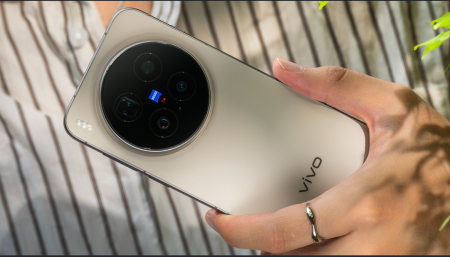The U.S. Coast Guard held a public hearing to investigate the loss of OceanGate’s Titan sub and its crew, diving into the regulations governing submersibles. Among the witnesses was John Winters, the master marine inspector, who worked with OceanGate on previous subs, but had no involvement with Titan. The Titan tragedy resulted in five fatalities, including OceanGate CEO Stockton Rush, and prompted the Coast Guard to consider regulatory changes for submersibles to prevent future incidents.
There were concerns raised about OceanGate’s use of carbon-fiber composite for the sub’s hull, and witnesses from NASA and Boeing provided additional context. The regulatory gaps in the Titan tragedy highlighted issues with inspection requirements for subs taking on paying customers. OceanGate’s business model involved having mission specialists pay a fee to participate in research missions, which raised questions about the classification of the subs as oceanographic research vessels.
Communication between Coast Guard sectors about submersible missions could be spotty, as seen in the case of a dive to the Andrea Doria wreck in 2016 where the sub did not have an ORV designation but took on a mission specialist. The Coast Guard has specific requirements for small submersibles, and it was debated whether Titan could legally operate before being certified or registered. The Coast Guard hearings aimed to determine the roles and responsibilities in overseeing submersible operations to ensure safety.
Boeing provided engineering advice to OceanGate during the design process of the Titan sub, exploring the feasibility of using carbon-fiber composite for the hull. However, the relationship between Boeing and OceanGate ended, with cost being one of the factors. NASA also had an agreement with OceanGate to assist in manufacturing the carbon-fiber hull, but the partnership was short-lived due to the COVID-19 pandemic and disagreements over a press release. The technology developed for the Titan sub could have had applications in building space habitats and radiation shields.
Overall, the hearings shed light on the regulatory complexities surrounding submersible operations, particularly in cases where subs are used for research missions involving paying customers. The investigation into the Titan tragedy prompted a reevaluation of the regulatory framework to enhance safety measures for submersible operations. The testimony from witnesses, including Coast Guard officials, former OceanGate employees, and engineering experts, provided valuable insights into the circumstances leading to the loss of the Titan sub and its crew. Potential changes to regulations and oversight procedures may be implemented to prevent similar incidents in the future.












